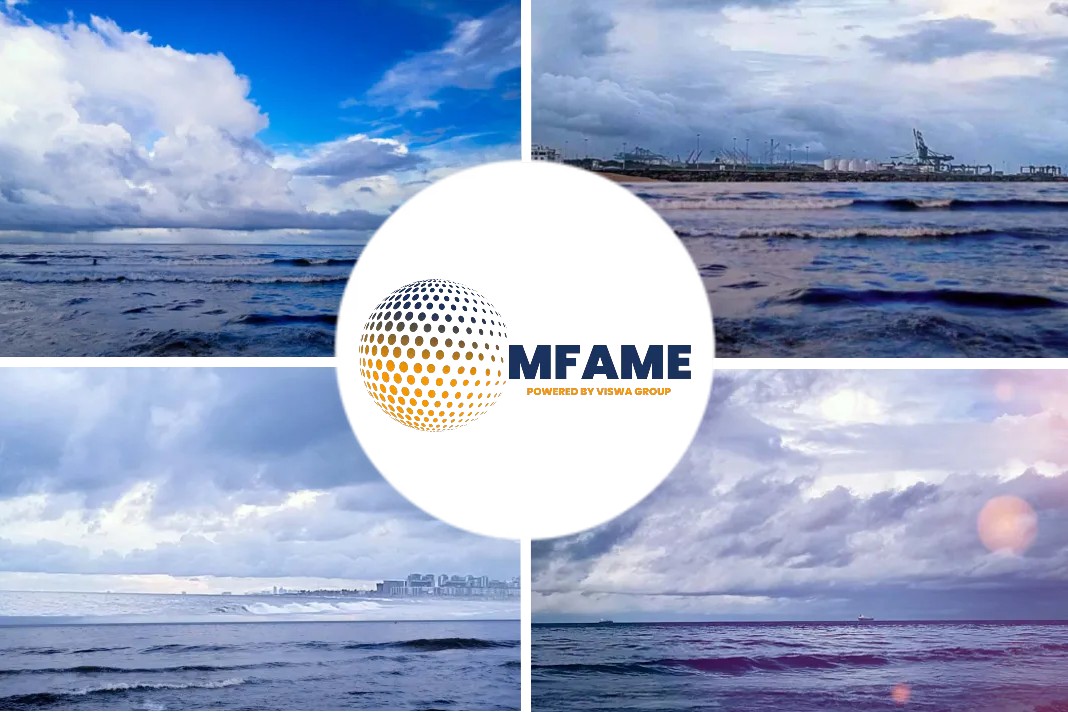- Investments in methane emission reduction technologies are unlikely.
- Need of strong incentives or regulatory requirements.
- A study from Mærsk Mc-Kinney Møller Center for Zero Carbon Shipping points it out.
The study from Mærsk Mc-Kinney Møller Center for Zero Carbon Shipping provides an overview of methane emission sources and levels onboard vessels and the technologies, solutions, and regulatory drivers that can help reduce them.
Cutting Down Methane Emissions
Methane emissions might occur throughout the value chain of the fuel pathways looked into, LNG, liquified electro-methane, and bio-methane, including production, transportation, and consumption onboard the vessel. Considering the onboard section of the emissions, the most talked about portion is the so-called ‘methane slip,’ where a specific methane quantity evades combustion and is emitted via engine exhaust. Overall, the study points out that when looking into methane emission reduction solutions, a vessel’s total methane emissions should be considered, focusing also on a ship’s operation, system dimensioning, machinery configurations and connected technologies.
The research has also shown that cost-efficient onboard vessel methane emission reduction is possible but limited for existing vessels. “For the vessels studied, onboard methane emissions can be cost-efficiently reduced by 40-80% for a newbuild and 20-50% for an existing vessel through the selection of baseline engine technologies and the use of after-treatment technologies and system solutions…” study findings show. The center added that while it was technically feasible to further reduce onboard vessel methane emissions beyond these levels, utilizing low-emission fuels could be more cost-efficient if further GHG emission reductions are required.
Regulatory Framework
Currently, there are no international regulations on methane emissions from vessels, but there are hints that they might appear soon taking into account the ongoing initiatives and regional guidelines, the study indicates. “From the Global Methane Pledge (COP26) to the US’ Inflation Reduction Act of 2022, growing worldwide concern is strongly pushing for GHG reductions to limit the increase in the global average temperature…” the center pointed out.
While the International Maritime Organization (IMO) does not have specific regulations for methane slip, methane could be included in the IMO regulatory framework in a variety of ways, including:
- Incorporating methane slip into marine fuels lifecycle GHG assessment guidelines.
- Including methane slip in EEDI Phase 4.
- Including methane slip measurement with the standardized methods
At a regional level, the EU is implementing the Fit for 55 package that includes a set of methane-related measures, including:
- Inclusion of CO2, nitrous oxide, and methane in Monitoring, Reporting, Verification (MRV) Regulation.
- The Fit for 55 program predicts methane emissions reduc
Furthermore, Chinese regulations on marine engines include limits (GB15097- 2016 2nd stage: 1 g/kWh) and measurement methods for exhaust pollutants from marine engines (CHINA II). Despite the slow progress to incentivize or require LNG-fueled vessels to limit their methane emissions, there is significant international social pressure to reduce emissions of GHGs, particularly methane.
Did you subscribe to our daily Newsletter?
It’s Free! Click here to Subscribe
Source: OffshoreEnergy























